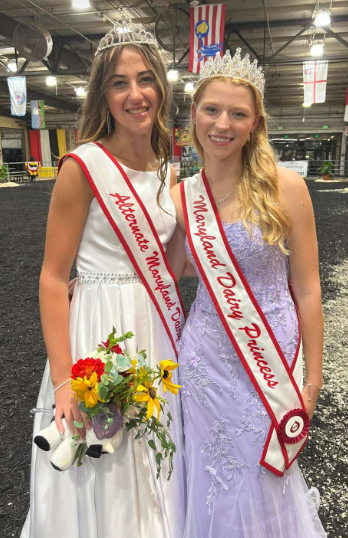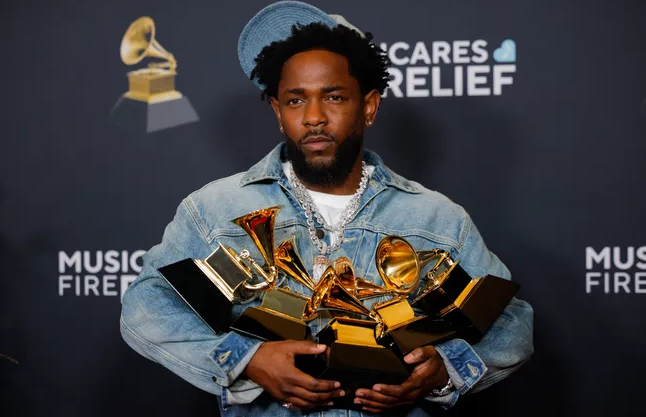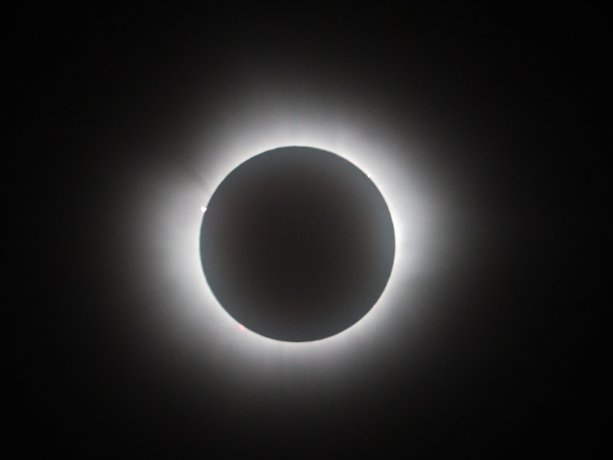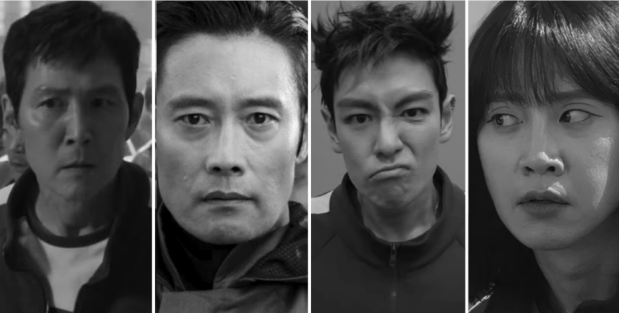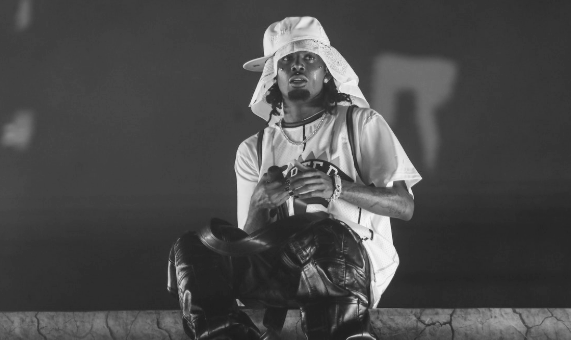AI art is not real art; Programs thrive off plagiarism
May 9, 2023
Chances are, if you happen to be on Instagram, TikTok, or any other type of social media, you’ve come across some really impressive art. Artists work hard to produce the amount of work they do, and some don’t even get as many as 15 views or likes on their content. This can be hard on artists, especially if they earn their living through their art. However, bogus pieces of work seem to attract all the attention and praise these days.
This “art” is known as AI art. It is generated by AI programs to create beautiful, intricate designs that are just a search away. Now, there’s no denying that for a while, it seems a little bit fun to use; getting to see all of these cool images displayed on a screen in front of you sounds pretty neat at first. But, after a while, those images start to become repetitive and boring. You can’t see the effort put in by real artists. There’s no depth, no emotion, and no story behind the art. As said by illustrator Anoosha Syed: “AI doesn’t look at art and create its own. It samples everyone’s then mashes it into something else.” It’s like a fruit salad devoid of the best fruits. All you get are those stupid pears.
Artists put way too much time and effort into work for it to be copied and used for profit by some lazy person who just types in prompts like, “Mona Lisa in a top hat” into a search bar. It takes hours, even days, to finish a piece that has already taken ungodly amounts of time to plan and draw out. Compared to actually creating art, using an AI generator looks like child’s play.
AI art will never truly be art. Syed continues, “Another human will never look at an image the exact same way the original artist did. They will never move their hands the way the original artist did. AI doesn’t do the same – it can only copy.” Tracing (copying art) is very frowned upon in artistic communities across the world. Why is this attitude not extended toward AI art? It’s basically the same thing but with less effort, and it’s incredibly frustrating to watch people fawn over images generated by some lowly robot.
Not only that but half of the images used in AI art aren’t even allowed to be used. Famous works of art, such as the art of Van Gogh or da Vinci, are public domain, according to the National Gallery of Art. They’re free to use, and you can’t get in trouble with the law for profiting off of them. But what about those regular, online artists? Those are not public domain unless the artist says they are, and that is rarely the case. When the artist posts their art online, AI art generators can take these and warp them into something else.
According to The New Yorker, artist Kelly McKernan found that their name had been searched in the AI generator over 12,000 times. “The artist had not consented to have their copyrighted artwork included in the LAION database; they were not compensated for their involvement, even as companies including Midjourney charged for the use of their tools; and their influence was not credited when A.I. images were produced using their work.” Because of this, McKernan, along with several other artists and Getty Images, sued the AI company who used their work, as they “unlawfully copied and processed millions of images protected by copyright” to the detriment of the content creators, according to Document Journal.
Next time you see some whimsical AI piece on Instagram, keep in mind: AI art is not real art, and it never will be. All it is is computer-generated images that are stolen time and time again from artists who actually work to make their art for others to see and appreciate.





